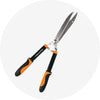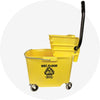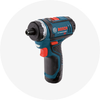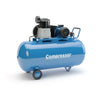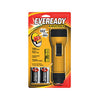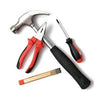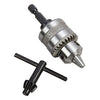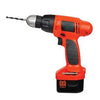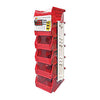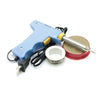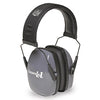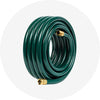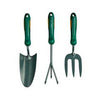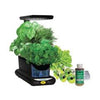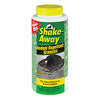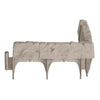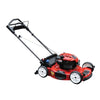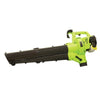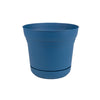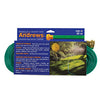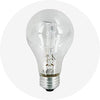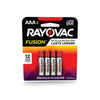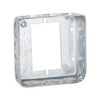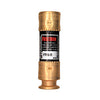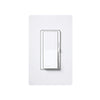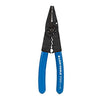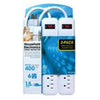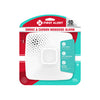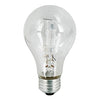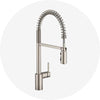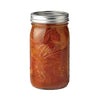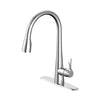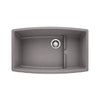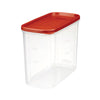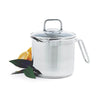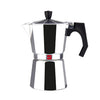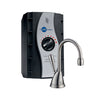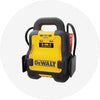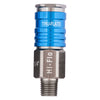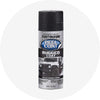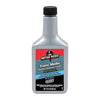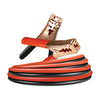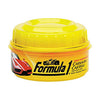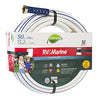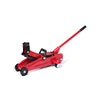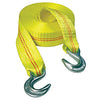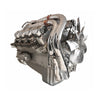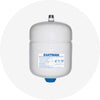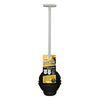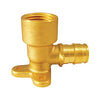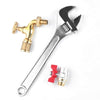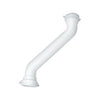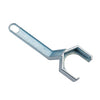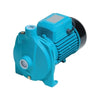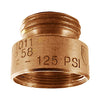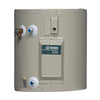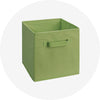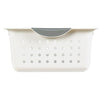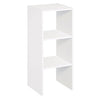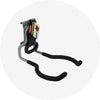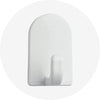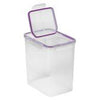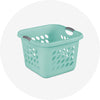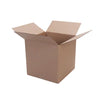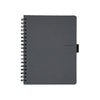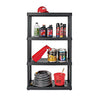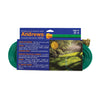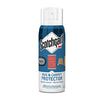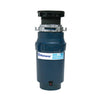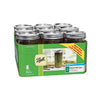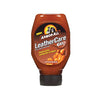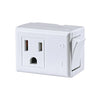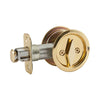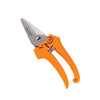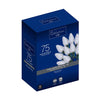How To Use Spray Paint Like a Pro
∙5 min read
Spray painting is an easy and relatively inexpensive way to transform a piece of furniture or create a unique art piece. However, it can be challenging to get the desired effect if you've never used it before. The good news is, you don't have to spend years practicing to wield a spray can like a pro.
Experienced spray painters know a few techniques to get an even finish and as little mess as possible. With the right spray paint tips, your project can look downright professional, follow this article and learn how to use spray paint like a pro.
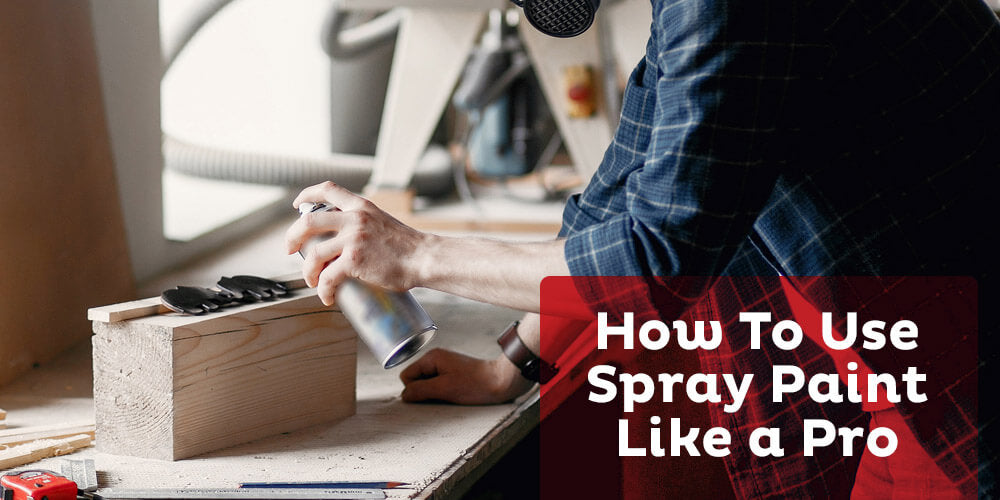
Choose Your Spray Paint
The first thing you need to do is choose the right spray paint. There are various brands out there with subcategories for different materials, and it's essential to know which you need. For example, spray paint for plastic isn't going to do the job if you're painting wood.
You should also think about the color and features you want from your spray paint. For example, if you're painting stars, you could use glow in the dark spray paint to create a beautiful effect. Glow-in-the-dark paint is also an excellent option for Halloween projects.
Rust-Oleum has a great variety of spray paints for all painting projects; if you are looking for spray paint and coating that will last and maintain a healthy structure, look no further. You can also consider Krylon spray paint, with a wide range of spray paint products for your DIY, craft, or professional spray paint project.
Get the Right Tools
Next, you want to ensure you have all the necessary tools. That includes protective gear:
You may also want to get accessories to help you make straight lines or create patterns like masking tape or painter's tape. Finally, you may need a primer depending on the type of spray paint; you might also consider getting a spray gun or an airbrush.
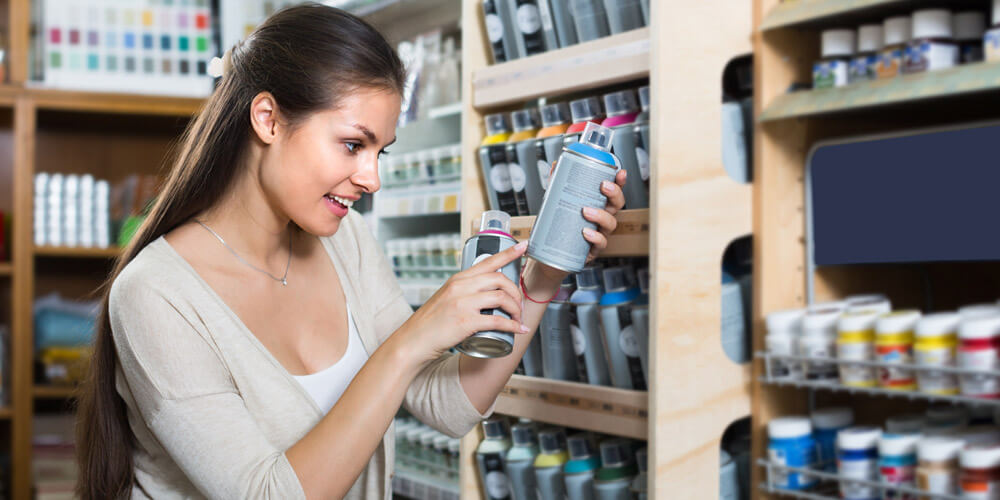
Surface preparation
Before you start painting, you need to prepare the surface. First, it should be clean, as dust and dirt will make it more difficult for the paint to stick. Second, if the surface has rust or old varnish, you should remove it, as these substances can also affect how well the paint sticks.
If you're painting a piece of furniture, you should disassemble it if possible. Disassembly allows you to get every angle of the item, including areas that would be impossible to reach if it was whole.
Choose a Well-Ventilated Space
Spray paint sends particles into the air, which you can accidentally inhale if you're not careful. Even if you're wearing a mask, you should paint in a well-ventilated area. Working outside is best since there's little risk of the paint fumes getting trapped. However, you can spray paint indoors if you take the proper precautions.
If indoors, you should open all the doors and windows to encourage airflow. For example, if you're working in a garage, you should have the garage door open. You should also put on a fan or the AC to ensure air is circulating.
You may also want to take steps to protect your work area from errant paint. For example, you can tape down plastic sheets to cover a floor or worktable and cover belongings with cardboard boxes. Another option is to buy a spray shelter, a tent-like structure that provides a large, safe area to spray paint or stain and protects your surrounding area from overspray drift. It can be used with aerosol paint, airless sprayers, spray paint cans, and more.
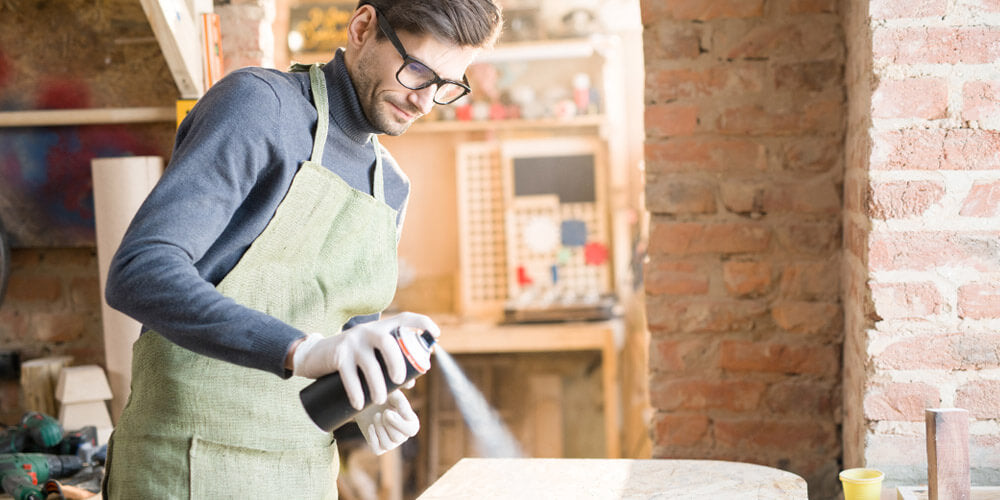
Read All the Instructions
Before using any spray paint, you should read the directions, typically located on the back of the can. These will include instructions on storage and use. If you're using multiple cans, look at each before starting your project. Why is this necessary? Directions vary by brand and even finish so that a reflective Rustoleum spray paint may have different instructions than matte Krylon spray paint.
Practice
You may be excited to cover your project in chrome spray paint, but we don't recommend jumping in without testing the waters first. To get a feel for how the can paint, do a test on cardboard or drip rags. This little practice session will show you how hard you need to press the nozzle, how wide the spray is, and how difficult the paint is to control.
Be Patient
It's tempting to paint as much as possible, as fast as possible, but the key to an even finish is thin coats. You probably won't be satisfied with the first, second, or even the third coat. However, as the paint builds, your project will gradually transform, and the results won't have any streaks, dark patches, or missed areas.
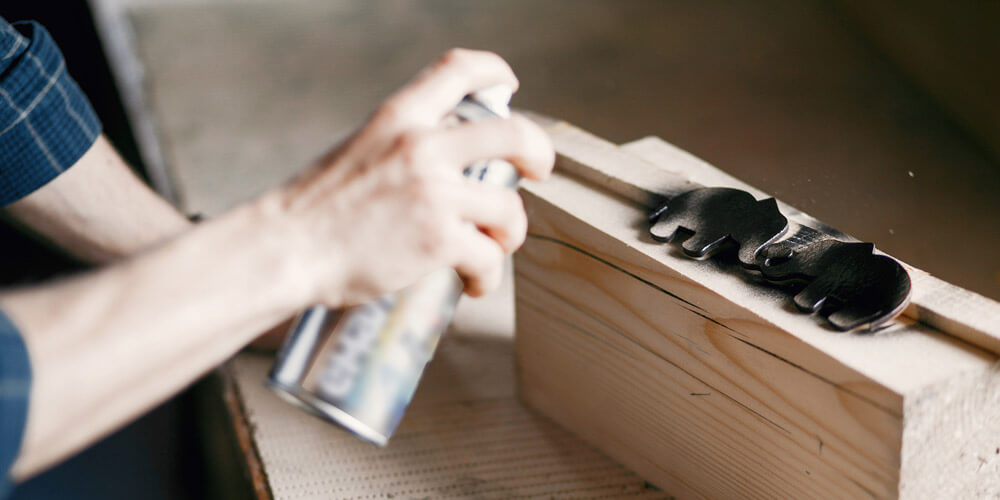
Clean the Spray Nozzle
Finally, take care of your spray paint by cleaning the nozzle after use. To do so, turn the can upside-down and spray until there's no more color. Cleaning the spray nozzle like this will prevent clogs. If you encounter a clog, you can take off the nozzle and soak it in acetone to remove the built-up paint.
Change Directions
Many people spray paint by moving the can back and forth in even, straight lines. However, this can create streaks or "zebra stripes" where some passes overlap. To avoid this effect, change up the direction of your movements.

Whether you're upcycling flea market furniture or creating spray paint art, you need spray paint that works for your project, delivers an even coat, and is guaranteed to last. Here at Max Warehouse, you can find a wide variety of spray paint brands and finishes, as well as tools and accessories to help you get the perfect effect. For more information, you can check out our website or give us a call at 1-800-210-0132.
